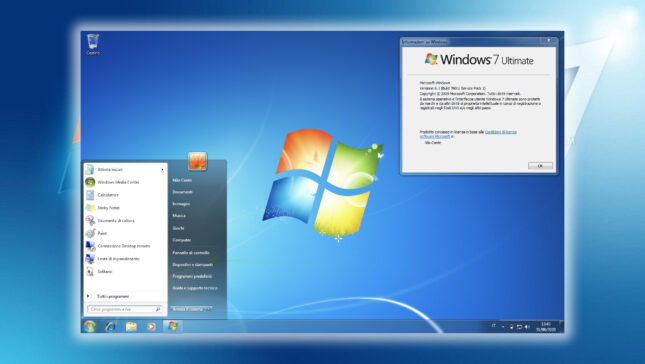May we prefer to keep one shortcut pe Desktop for each application Installed, whether we hold our songs and/or pics at hand or whether we save all kinds of files and EXECUTABLES directly on the desktop so you don't have to look for them by who knows what leaflets obscure (or not), inevitably we reach the situation where we can sometimes no longer distinguish backgroundul under the multitude of icons that welcomes us whenever we open COMPUTER. If you are in the situation described above and you are lazy to clean the desktop or do not endure to give up any icon pLANT On this, a faster way than using Context Menuto a hides all files and icons who have been crowded for months, weeks or even days over the background image is to create a shortcut which with a single click can make them disappear or appear whenever you want.
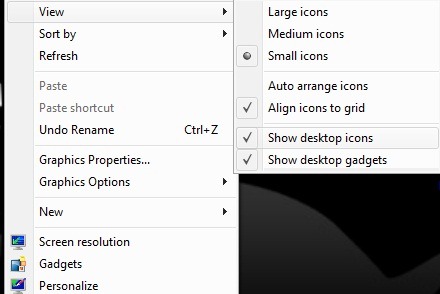
HideDesktopIcons It's O Little application and portable which replaces the option Show desktop icons from the context of menu. uSERS Windows 7 can choose to add it to Taskbar (pin to taskbar) along with the other "fixed" applications there or may choose to add it to Start Menu To be able to distribute a shortcut on the keyboard (shortcut key).

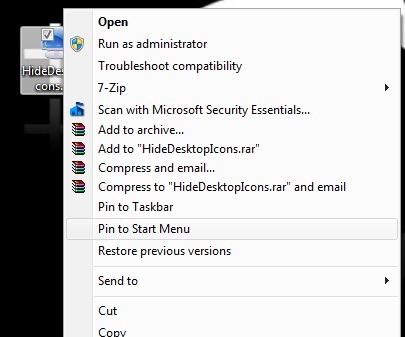
To choose a Shortcut on the keyboard For Hidedesktopicons, click-right on the application at Start Menu and select Properties from the displayed menu.
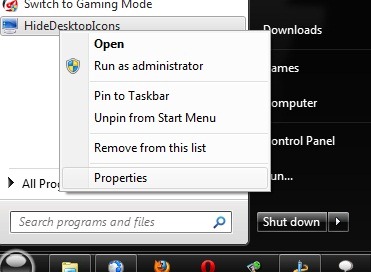
In tab-ul Shortcut Click on the field in the right Shortcut key And press the key you want to use at Shortcut (note that by default the key combination will contain Ctrl+Alt+any_key, where any_key is the key you chosen), then click on Apply and OK.
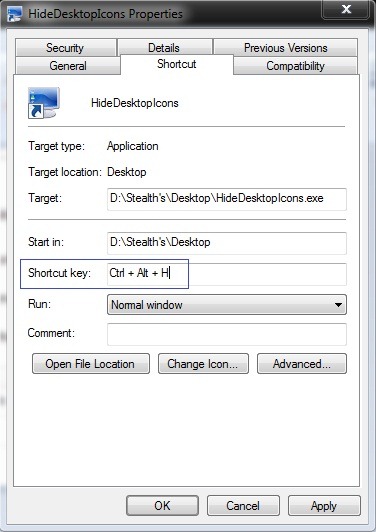
If you use previous versions of Windows OS (Vista or XP) and you want to add hideesktopicons in Quick Launch, open one Windows Explorer If you taste shell:Quick Launch In Address Bar (if you want to distribute a shortcut key for the application, you will need to add it to the start, because Quick Launch does not allow shortcuts on the keyboard).
HideDesktopIcons {Filelink = 8}
Notes: If you use Hidedesktopicons before making a shortcut in Taskbar or Start Menu, to make the icons again appear on the desktop, cut the show desktop icons and then check it out of context. If errors occur in using this program, you probably have no Microsoft Visual C ++ installed, which you can download here.
